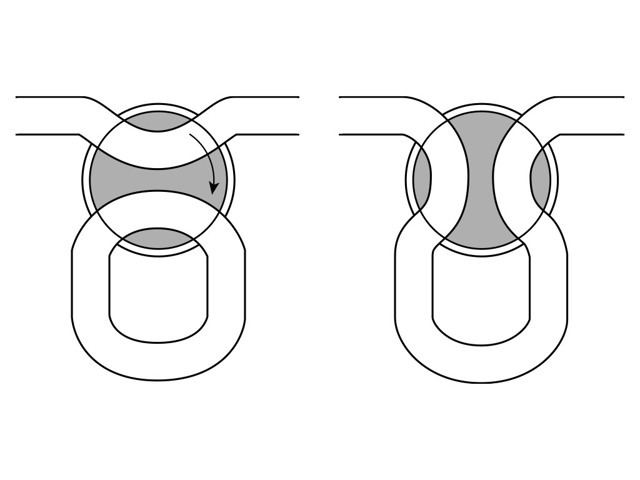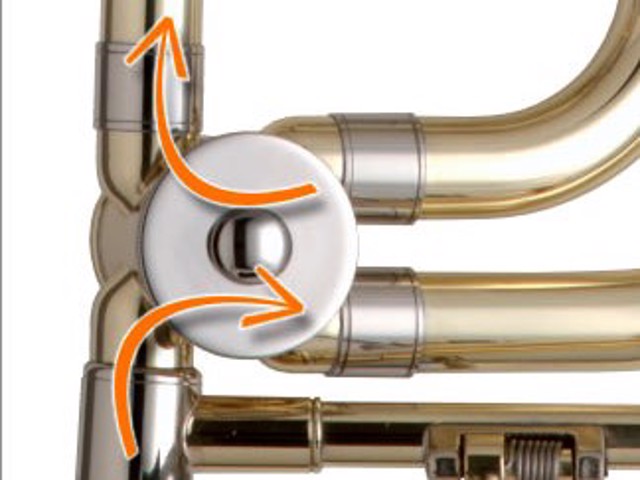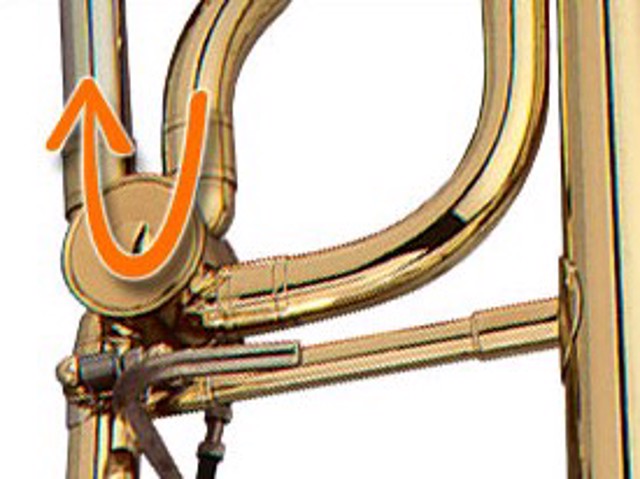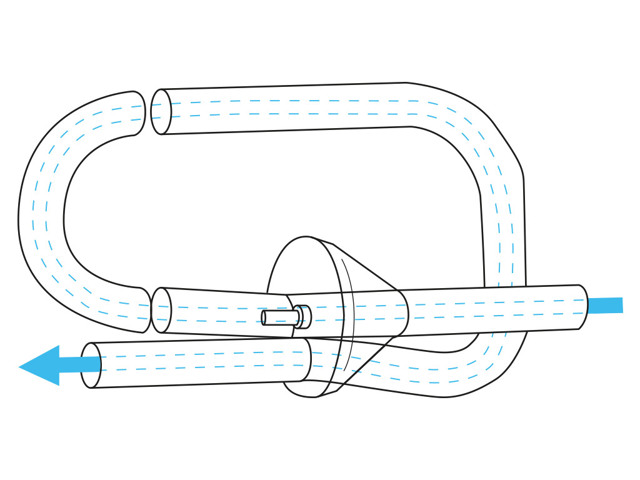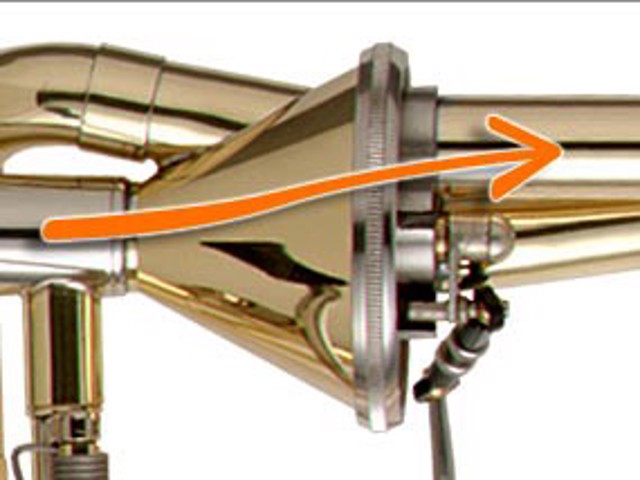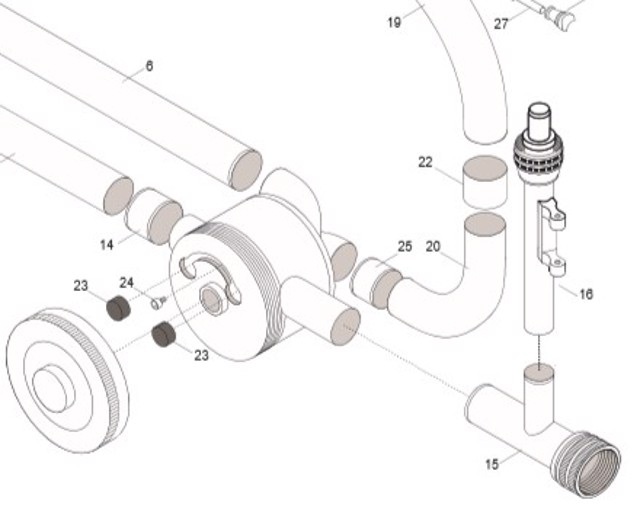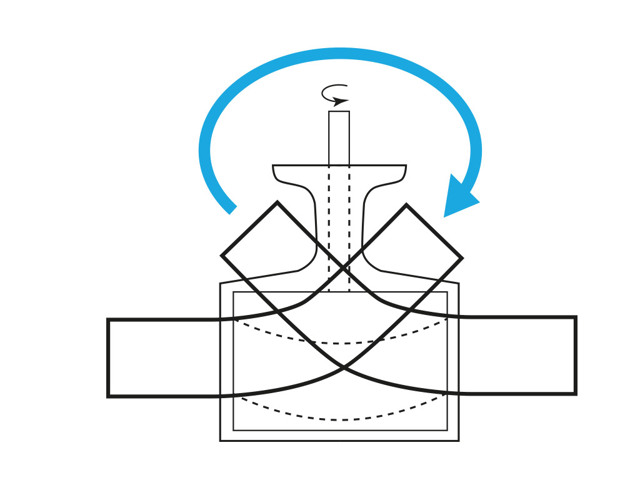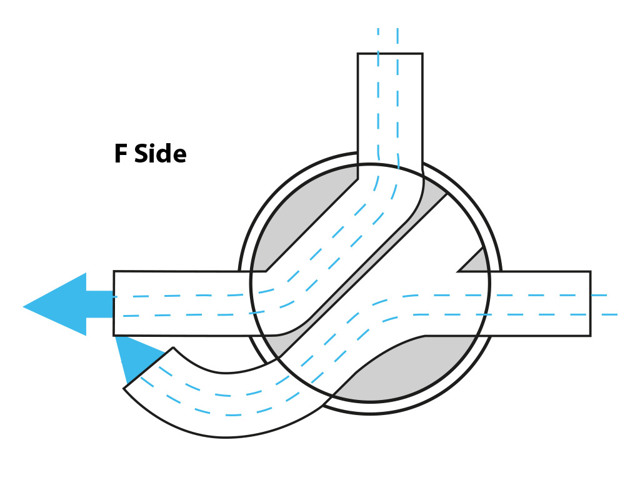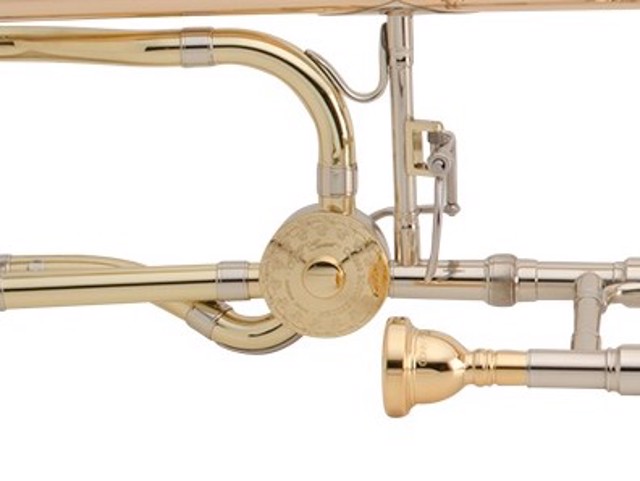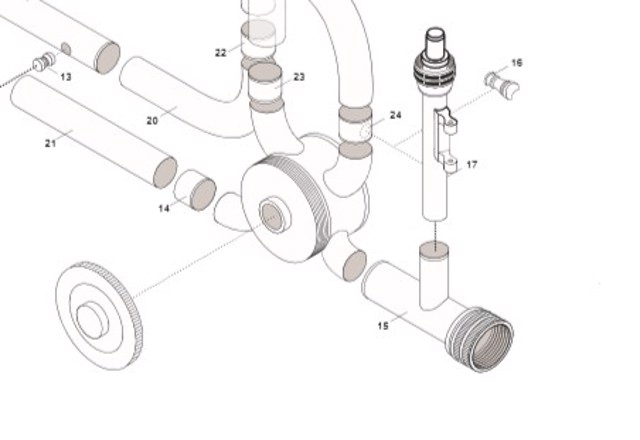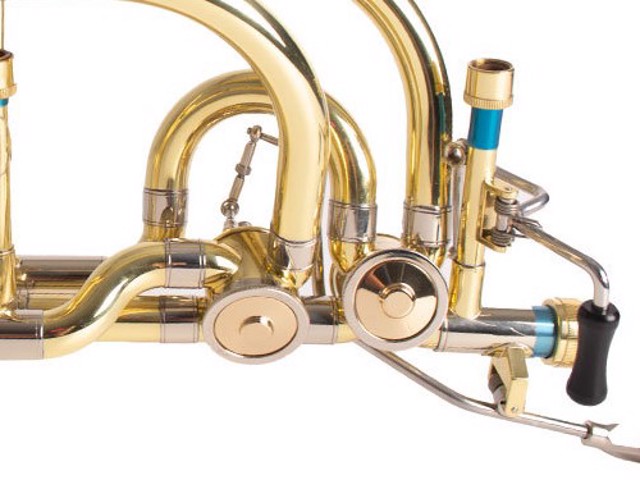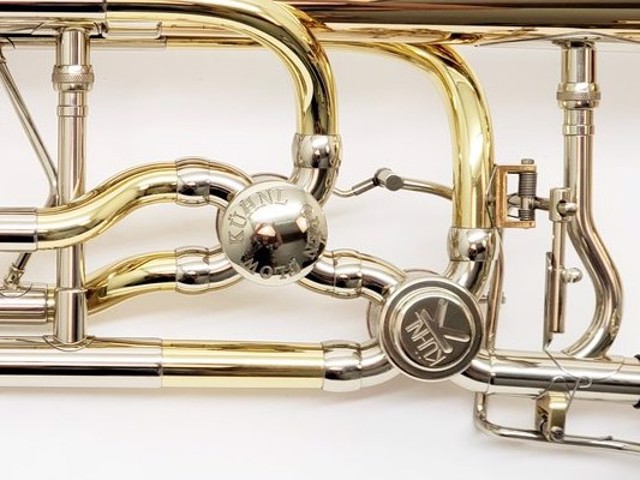Trombone Valves and Types of Wraps
A trombone may seem like a simple instrument at first glance. A long metal tube that you blow into and that you make longer or shorter with a slide to change the pitch. But why do trombones sometimes have one or two valves? Why do these valves not all look the same? Below, we describe the different types of valves and provide more explanation about closed and open wrap systems.
Valves on Trombones
On some slide trombones, you often see one valve along with an extra piece of tubing. These cylinders, or quarter valves, can be used to lower the pitch. This extends the range of the trombone and allows for different playing positions to switch notes faster. Cylinders are used for a quarter valve. Bass trombones often have two cylinders to make the instrument sound even lower. The second cylinder is called a quint valve.
There are several types of quarter valves available on a trombone. This is to ensure that the air can flow with as few sharp bends as possible.
A sharp bend causes extra resistance, changing the sound and making it more 'closed'. This difference is best heard on the trombone because this instrument only has two bends. Below are different cylinders depicted and described. Cylinders with a gentle curve often require more care and maintenance but have a significant positive effect on the sound.
We have categorized the different cylinders into several groups. The basic principle is the same for each group, but different brands use different methods to achieve this.
Standard, Rotax or Rotor
The standard cylinder, which you also see in horns and flugelhorns, is also used for trombones. This is the most commonly used valve for beginner trombones because it is relatively easy and inexpensive to maintain. The disadvantage of the rotor valve is that the sound can be closed because the air has to make a sharp turn in the cylinder.
Thayer or Axial-flow
The Thayer or axial-flow cylinders bend the air the least and have the most open sound. Some trombonists, especially bass trombonists, indicate that more resistance improves the response of low notes and therefore prefer a different type of cylinder.
Hagmann, Tru-bore, or X-Valve
The Hagmann valve is a cylinder for the trombone developed by René Hagmann. He wanted to address issues with the popular Thayer valve with his design.
In a standard rotary valve, the airflow turns up to 180 degrees. The angles on a Hagmann valve are significantly smaller, around 120 degrees. This makes it much easier for the player to maintain the sound with the cylinder engaged. Many leading trombone manufacturers now offer Hagmann valves as an option, especially on their professional instruments.
CL2000
The CL2000 cylinder was designed by trombone soloist Christian Lindberg in collaboration with Conn. The design is very efficient, smooth, and fast. It removes all resistance typically found in a traditional cylinder. It also has the shortest "throw" of any trombone currently on the market. CL (Christian Lindberg) cylinders are large and heavy.
Meinlschmidt or Icon
The Meinlschmidt valves are very similar to standard rotor or Rotax cylinders. The difference lies inside. Instead of a tube inside, the rotor has two cut-out crescent shapes. This gives the air slightly more room to flow, resulting in a slightly more open sound compared to a standard rotor cylinder.
Bass Trombone Cylinders
Bass trombones usually have 2 cylinders, one for the F section and one for the D section. The valve block of bass trombones is made in 2 ways: independent or dependent.
- Independent: Quarter and quint valves are connected in parallel – each cylinder can be used independently. This is by far the most popular configuration.
- Dependent: Quarter and quint valves are connected in series. The quint valve is only accessible if the quarter valve is also engaged. Some players prefer the sound and stability of this system.
Closed or Open Wrap
The term wrap refers to the configuration of the extra tubing of the trombone's F-attachment. In an open wrap, the air has to pass through fewer bends, which reduces air resistance and provides a slight difference in the resonance and clarity of the instrument.
Closed Wrap
In traditional or closed wrap trombones, the extra tubing of the F-attachment falls within the tuning slide of the instrument. A traditional wrap provides higher resistance and is slightly less clear. It also takes up less space.
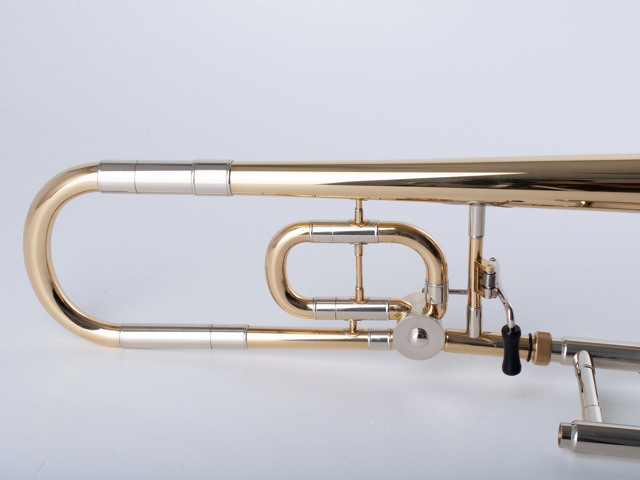
Open Wrap
The open wrap has fewer bends than the closed wrap and extends beyond the tuning slide of the trombone. An open wrap reduces resistance and increases clarity.
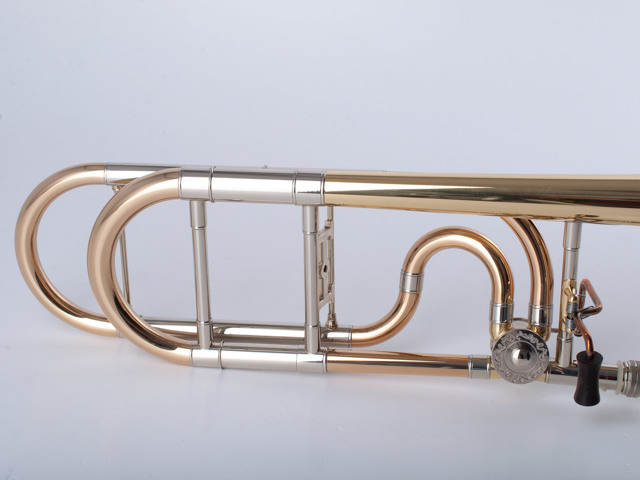
Want to know more about the different types of trombones?
Take a look at this page:
